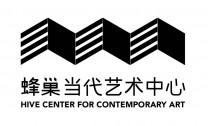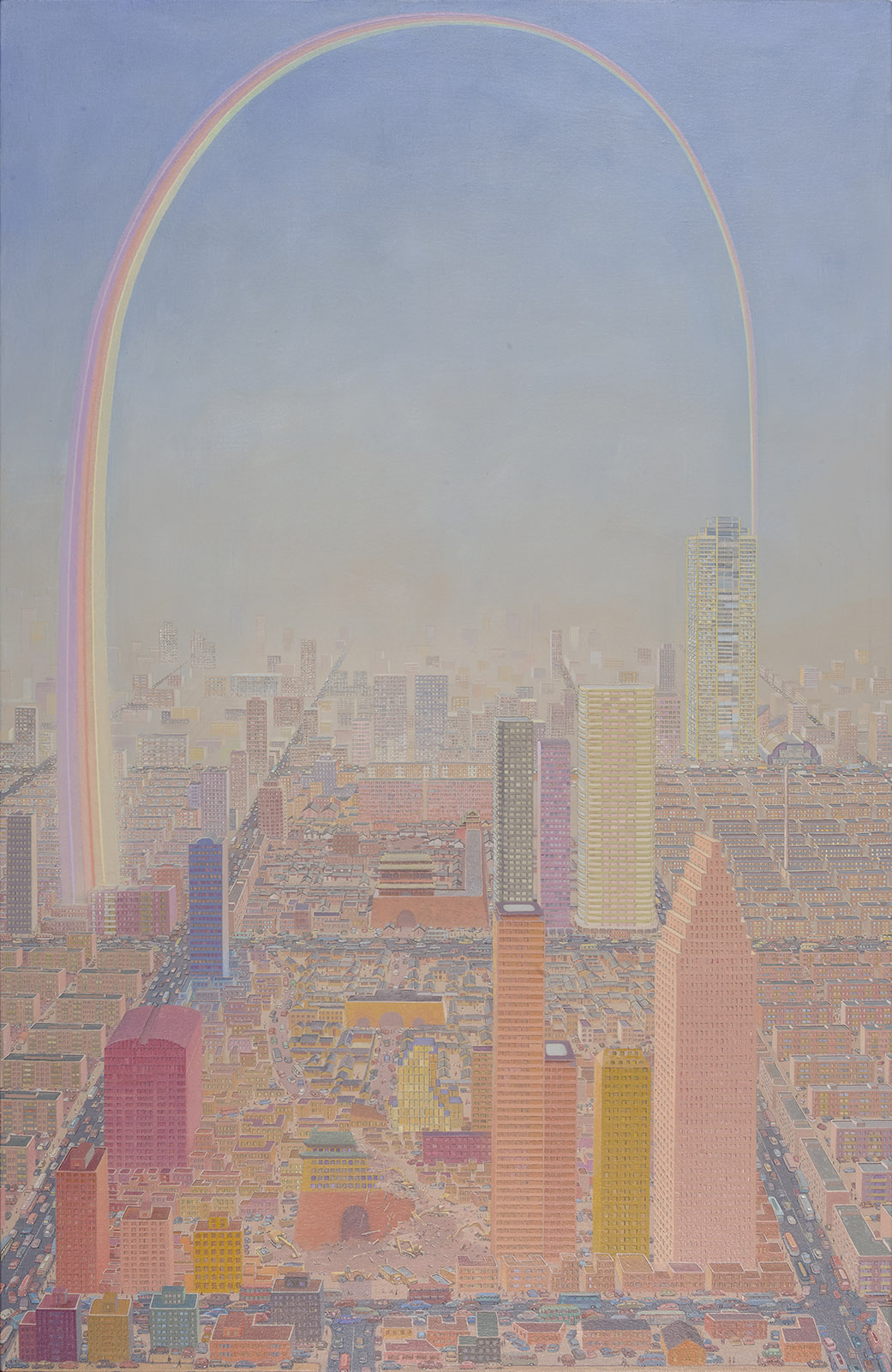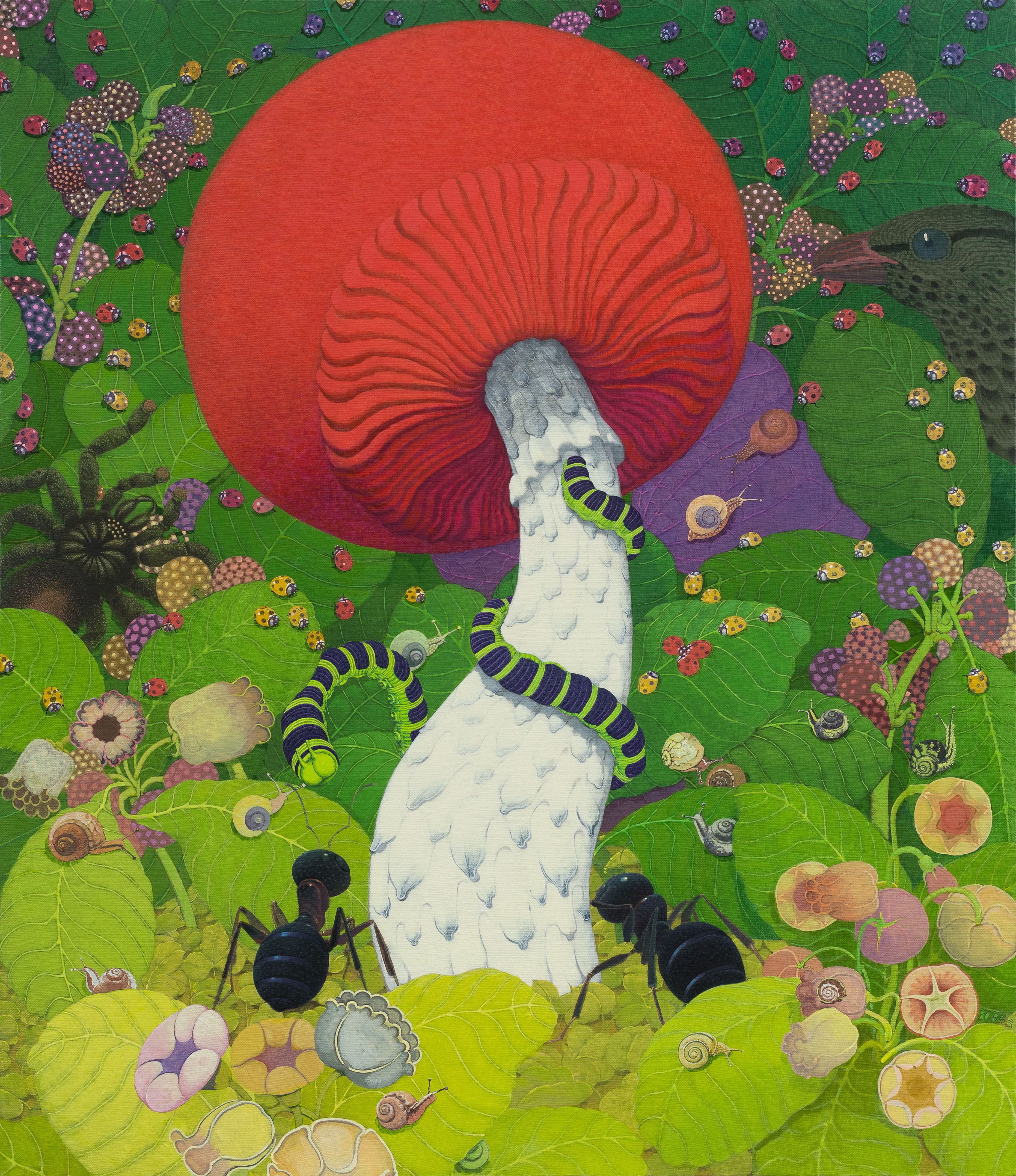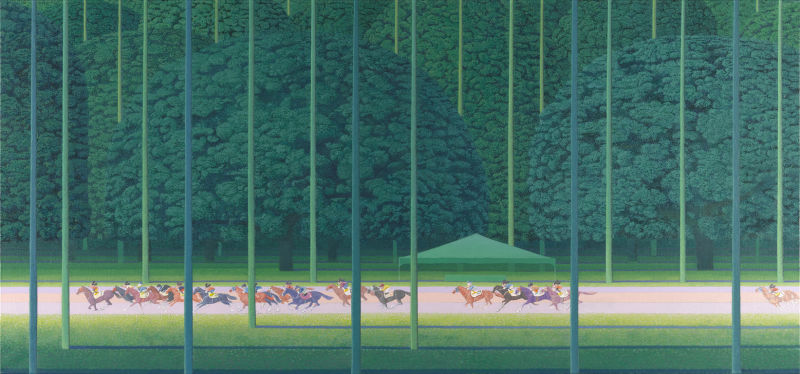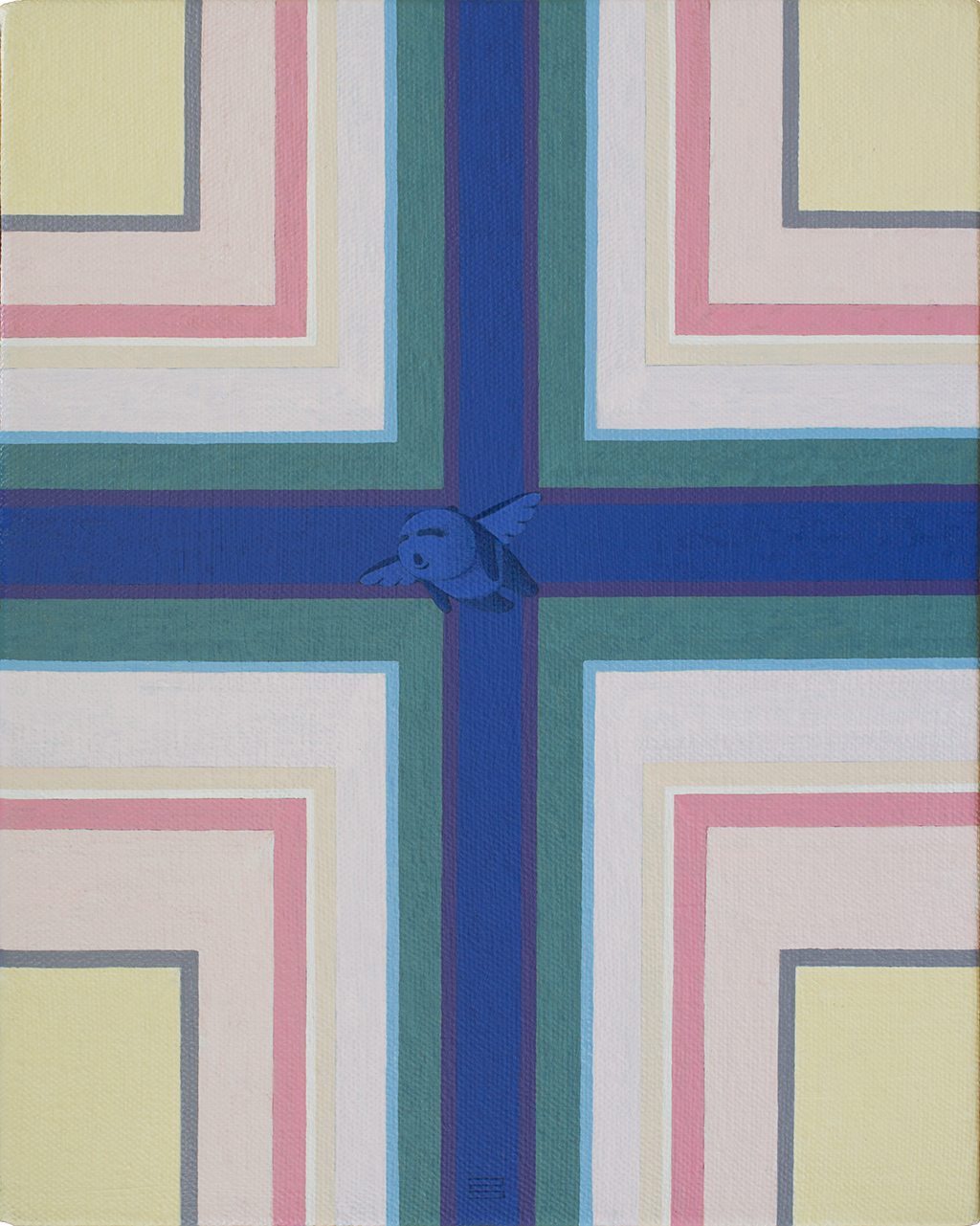- 资质:诚 艺
- 评分:
1分 2分 3分 4分 5分 6分 7分 8分 9分 10分 8.4分
- 印象:
- 经营时间:17年
- 展厅面积:
- 地 区:北京-朝阳
物种菌:张弓作品
- 展览时间:2018-07-21 - 2018-08-25
- 展览城市:北京-朝阳
- 展览地点:蜂巢(北京)当代艺术中心 北京市酒仙桥路4号798艺术区E06
- 策 展 人:冯博一
- 参展人员:
展览介绍
物种菌:张弓作品
Mushroom Mushroom: Zhang Gong’s Work
新闻稿
Press Release
艺术家| Artist: 张弓| Zhang Gong
策展人|Curator: 冯博一| Feng Boyi
开幕时间 | Opening: 2018.7.21 16:00
展览时间 | Exhibition Dates: 2018.7.21-8.25
地点|Venue:
蜂巢(北京)当代艺术中心| Hive Center for Contemporary Art (Beijing)
地址|Add.
北京市酒仙桥路4号798艺术区E06 |
E06, 798 Art District, Chaoyang District, Beijing, China
蜂巢(北京)当代艺术中心荣幸地宣布将于2018年7月21日举办“物种菌:张弓作品”个展。具有艺术家、艺术短片导演等多重身份的张弓,早在上世纪九十年代,其绘画作品在中国当代艺术系统中就占有一席之地,曾作为中国当代艺术的代表性艺术家之一,参加过“中国油画从现实主义——后现代主义大展”(比利时,1995)、“中国!”前卫艺术展(德国,1996)、“8+8-1”欧洲巡回展(欧洲,1997)等重要展览。他的首次个展于1994年在香港推出,至今已在纽约、东京、香港、北京等地先后举办了10次个人绘画展。在1999-2009年间,他创作了动画艺术短片《树》、《鸟》、《黑猪白猪》、《思凡》、《红姐》等,作为艺术短片导演身份多次受邀参加世界各地的重大电影节并获奖,至今依然为动画电影界津津乐道。即将由蜂巢(北京)当代艺术中心推出的“物种菌:张弓作品”大型个展,由著名策展人冯博一担纲策划,将以“十字所示”、“空间编码”、“暗噬花园”三个单元,系统展示艺术家2010年以来的架上绘画之外,同步还将设置“终是空影”放映单元,回溯2000年以来张弓屡获电影节奖项的重要艺术短片。除此之外,展览还辅以访谈、纪录片、文献等素材,全面梳理艺术家的创作线索,试图展示艺术家细腻而丰饶的独特创作风貌。展览将持续至2018年8月25日。
张弓以往的绘画艺术创作脉络是清晰可辨的,尽管他不断地变换题材和实验着不同的语言方式,甚至花费了将近十年的时间投入于动画艺术短片的创作。早在上世纪九十年代,张弓的绘画艺术就呈现出较高的辨识度,其作品有着张扬的叙事,荒诞的幽默,犯忌的快感,可以看出张弓的用意是把画面中的一个关键性的视觉形象同时赋予了内容和形式方面的效果,具有丰富的象征和隐喻指向,以及视觉的图像从非现实的层面进入到一个可以指涉的现实层面,以明确的现实针对性地来表达他对中国社会转型过程的深刻关注。在“城市编码”系列中,张弓象征性地比附、对应了处于高度城市化的“混凝土”城市结构,抛出现代都市作为充满矛盾的巨大悖论的隐喻。而在“暗噬花园”中,张弓以回归天真的、卡通的游戏化方式,将动物、植物拟人化来面对世界的变换,提供了草间居游般的线索和踪迹,作为处于边缘的、迷茫的关注者,他对于现实充满了关切。
张弓近年的绘画具有一种惊人怪异而奔放的想象力,他在创作与生存际遇中积累的经验,终于和他恣肆的想象力结合起来,显示了他艺术创作自由穿越不同界限的能力。他创作的《伤感的花园》、《明天一定来》、“小孩不怕系列”等诡异而魔幻的作品,构成了一个个社会物种变异、繁复、密集的结构关系,那些带有游戏化成份的卡通形象及愕然的画面,形成了一片片可视的暗影,让人目迷五色,沉湎其中。用尽可能平涂、简洁的画面,让不存在来暗示物种可能的存在,甚至提供了一个视觉的反向,这在一定程度上刷新了人们惯常的视觉经验,给出有关形象生产的新的想象空间。而“游荡”等系列,则以“密集恐”的图式,穿越了真实与虚幻的二元对立,他瑰奇的想象力使得时间、空间之间,动物、植物与人物之间出现了一种极度混杂的不确定性的作用,一种无法把握的冲突。这种“不确定性”对于张弓来说,不仅是一种形式,还是一种具体而微的生活经验与内心感受。他的“不确定性”复杂得让人眼花缭乱,其实正是凸现了“确定性”的瓦解。我们不仅可以感受无数细菌般的涌动、繁殖,还能看到许多莫名的转折以怪诞的面目突然出现,显示了他的艺术跨出“似真性”的追求之后,在一个新的语境中自由穿越的可能。
张弓在传达新作的绘画观念时是通过概括的物种繁密,类似细菌一般滋生来展开及完成的。仿佛是他话语中闪现出它们的身影,这个身影是被张弓所塑造的幽灵般的存在。这是张弓的寓言或是动物、植物讲述的寓言,当观众面对和进入到由这些密密匝匝的元素所营造的场景时,其视觉的直接张力,幽闭的风格则充满了儿童般的游戏性。张弓的新物种起源似乎是一个迷宫,一场荒诞的游戏,也是现实残酷的无形且无限的隐喻。而这种寓言形式本身就是对我们生存状态的命名,对当下的一种变态的真实写照。这些作品还展现了张弓逼仄且极限的整个过程。每个人在“现在”的命运都是不确定的,他们几乎随机地变换自己的身份,穿行于不同的时空,找不到变换的踪迹。
Hive Center for Contemporary Art (Beijing) is honored to pronounce that Mushroom Mushroom: Zhang Gong’s Work , a Zhang Gong’s solo exhibition will be presented at the main hall from 21st July, 2018. Zhang Gong as an artist, art film director and other identities, his paintings had a important place in the Chinese contemporary art system in 90s of last century. He had participated in many significant exhibitions , such as Contemporary Chinese Oil Painting Exhibition- From Realism to Post-Modernism (Belgium, 1995), China! , an avant-garde art exhibition (Germany, 1996), and 8+8-1: Selected Paintings by 15 Contemporary Artist (Europe, 1997). His first solo exhibition was held in Hongkong in 1994. Till now,10 solo exhibitions have been held in New York, Tokyo, Hongkong and Beijing. Zhang Gong created short animation films‘Trees’, ‘The Bird’, ‘Black Pig White Pig’, ‘The Perturbance of Mind’, ‘Ms Red’ during 1999-2009. As a director of art film, he has been invited to attend major film festivals around the world and won awards, and it still be relished in animation and film industry. A grand solo exhibition, Mushroom Mushroom: Zhang Gong’s Work, will held by Hive Center for Contemporary Art (Beijing) and curated by the famous curator Feng Boyi. The three units of this exhibition: Implication of the Cross , Spatial Encoding, Garden of Beasts would display the artist paintings systematically since 2010. The screen unit Empty Shadow will also presented at the same time, which traces back to Zhang Gong's important short films of his film festival award since 2000. In addition, the exhibition is supplemented by other materials, such as interviews,documentaries,literature, comb the clues artist's creation comprehensively and try to present the artist's delicate and rich unique style. The exhibition will be last until Aug 25, 2018.
The past creative trajectory of Zhang Gong's painting is actually quite clear and recognizable, even as he has constantly changed subject matter, experimented with different linguistic methods, and even spent nearly a decade working in animation. Even back in the 1990s, Zhang Gong’s painting had its place in the Chinese contemporary art system. His works were marked by sweeping narratives, absurd humor, and the excitement of taboo. We could see that Zhang Gong’s intention was to bestow a key visual image in the painting with both effective form and content, with rich symbolic and allegorical references, and images moving from the non-realistic to a deeper level of reference to reality, clearly conveying his deep interest in the process of China’s social transition.
Zhang Gong's Spatial Encoding series symbolically parallels how, in the increasingly “concrete” structures of our urban life, and presents that modern metropolis is a metaphor which full of paradoxical paradox. However,in his Garden of Beasts series, he uses a playful, innocent and cartoonish approach to confront the changes in the world through anthropomorphized animals and plants, provide us with a hidden thread to follow. As a lost watcher on the margins, Zhang gong has great concern for the present reality.
Zhang Gong's recent paintings, on the other hand, have an astonishingly strange and unbridled imagination. The experience he has accumulated through creation and existence has finally joined forces with his wild imagination, revealing his creative ability to pass freely across boundaries.
Such bizarre, fantastical works as Sentimental Garden, Mr. Godot Will Definitely Come Tomorrow, and Kids, Don't be Afraid, form a warped, compound and dense structure of relationships between social beings. Those somewhat playful cartoon images and stunning scenes form a series of visible shadows, drawing the stunned viewer within.
the use of as much flat brushwork and simple imagery as possible is in order for absence to allude to presence, providing even a reverse vision. To a certain extent, this has refreshed people's accustomed visual experience and provided a new imagination space regarding the production of images. Meanwhile, such series as Wandering, trypophobic schemas traverse the dichotomy of truth and illusion. His singular imagination gives rise to an extremely confused uncertainty, an unfathomable conflict that plays on the relationships between time and space, and between animals, plants and human figures. For Zhang Gong, this “uncertainty” is not just a form, but also a finite living experience and inner perception. His “uncertainty” is dizzyingly complex, but it actually highlights a disintegration of “uncertainty.” We not only see the surging and reproduction of countless little bacteria-like growths, but also many inexplicable turns suddenly emerging in bizarre forms, showing the possibilities for his art to freely traverse a new context after breaking away from the pursuit of “likeness.”
Zhang Gong is conveying his conceptions of painting, he does so through a characterized explosion of species, like the proliferation of fungi. It is as if their silhouettes glimmer from within his words, silhouettes he crafts into sprite-like beings. This is Zhang Gong's fable, or perhaps the fable spoken by the animals and plants. When audiences enter into this scene of dense elements, the direct visual tension and confined style are filled with a childlike air of play. Zhang Gong's “New Origin of the Species” appears like a labyrinth, an absurd game, as well as an intangible, infinite metaphor for cruel reality. This fable form is itself a naming of our state of existence, a faithful portrait of the state of change of the present. These artworks also demonstrate Zhang Gong's cramped, constrained process. everyone’s fate in the “present” is uncertain. They seem to change their identity at random, and traverse different times and spaces, leaving us unable to find any traces of the shift.

 黄琦
黄琦 测试用艺术
测试用艺术